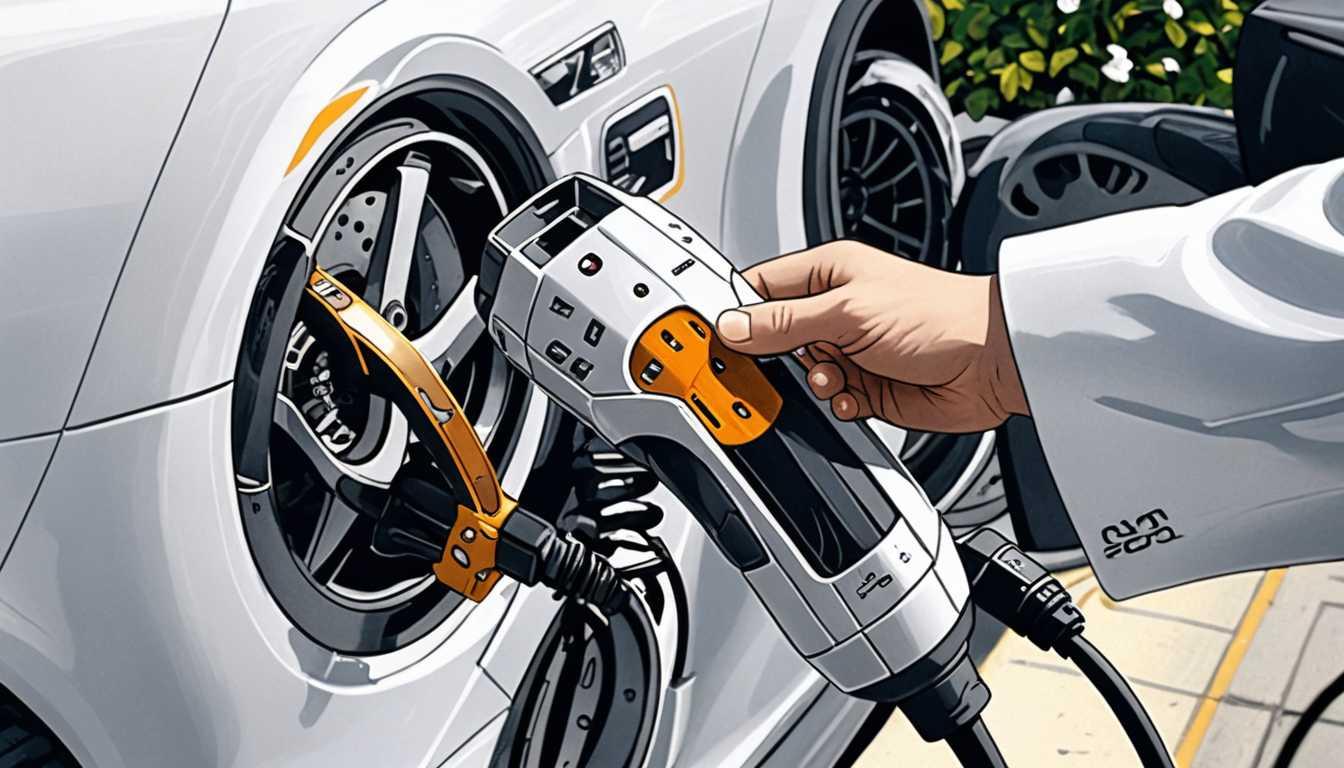Charging Into the Future: Tesla's Battle
June 2023
MIT Technology Review
Introduction
Dive into the electrifying world of EV chargers where it's Tesla against the globe! MIT Technology Review's In the clash of the EV chargers, it’s Tesla vs. everyone else unveils an epic showdown reminiscent of Coke vs. Pepsi. With Tesla opening its supercharger network to rivals and big names like Ford and GM jumping on board, the EV charging game is changing fast. Will Tesla's plug become the universal standard, or is this just the beginning of a power struggle? Charge up your curiosity and find out what's sparking these changes!
READ FULL ARTICLEWhy It Matters
Discover how this topic shapes your world and future
Charging Ahead into the Future
Imagine a world where electric vehicles (EVs) zoom silently down every street, highways are dotted with charging stations as common as today's gas stations, and the air is cleaner because cars no longer spew pollutants. This isn't a scene from a sci-fi movie; it's the future we're steering towards, with Tesla and other automotive giants racing to lead the charge. The battle over EV charging technology, particularly between Tesla's proprietary system and the Combined Charging System (CCS) used by most other manufacturers, is more than just corporate rivalry. It's about shaping the infrastructure of tomorrow's transportation, making EVs more accessible and convenient for everyone, and taking a significant step towards reducing our carbon footprint. As a student, this clash of titans isn't just an exciting narrative; it's a glimpse into the future you will inherit and help shape. Understanding the stakes and the technology involved can empower you to be part of the conversation and innovation in this pivotal moment in automotive history.
Speak like a Scholar
Electric vehicle (EV)
A car powered by electric motors instead of a traditional internal combustion engine, using electricity stored in rechargeable batteries.
Supercharger network
A system of fast-charging stations built by Tesla that allows EV drivers to charge their vehicles quickly, significantly reducing charging time compared to standard charging methods.
Combined charging system (CCS)
A standard for charging electric vehicles that allows for both AC and DC charging, widely adopted by various car manufacturers except for Tesla.
Carbon credits
Certificates that represent the right to emit a certain amount of carbon dioxide or other greenhouse gases. Companies can earn these by reducing emissions, which they can sell to others to offset their emissions.
National American Charging Standard (NACS)
The name Tesla has given to its proprietary charging connector and technology, which it is promoting as the new standard for EV charging in North America.
Adapters
Devices that allow compatibility between different types of charging connectors, enabling EVs with different charging ports to use the same charging station.
Independent Research Ideas
The psychology of corporate rivalries
Investigate how brand loyalty and rivalry narratives, like Tesla vs. everyone else in the EV market, influence consumer behavior and market trends.
Environmental impact of EV charging networks
Explore the ecological footprint of building and maintaining large-scale EV charging networks, including the production of chargers and the electricity used.
Carbon credits and climate change
Examine the role of carbon credits in promoting sustainable practices among corporations, focusing on the case of Rivian seeking credits for its chargers.
Technology adoption in the auto industry
Study how automotive companies decide to adopt new technologies, using the shift towards Tesla's NACS as a case study.
Future of transportation infrastructure
Imagine the future of urban and rural landscapes transformed by widespread EV adoption, considering changes in traffic patterns, parking, and city planning.
Related Articles

Green Giants: Profit Meets Planet
October 2023
MIT Technology Review

Green Energy Meets Fresh Water
December 2023
Cornell University

Fast Charge: The EV Game Changer
August 2023
MIT Technology Review

Charging Towards a Net-Zero Future
August 2023
Princeton University

24/7 Solar Power: MIT's Clean Energy Breakthrough
April 2024
Massachusetts Institute of Technology (MIT)